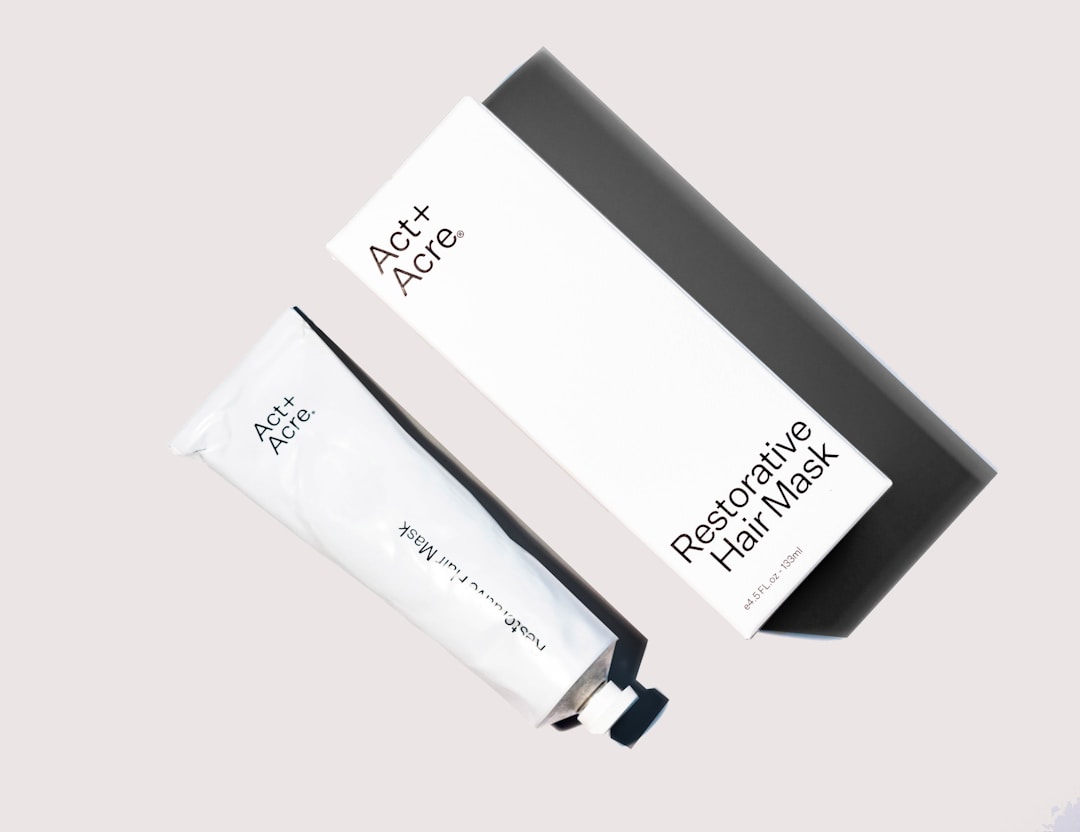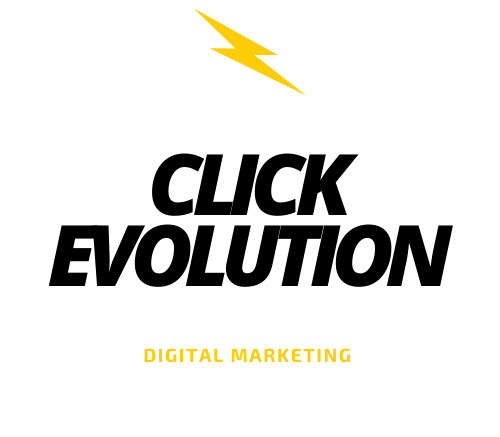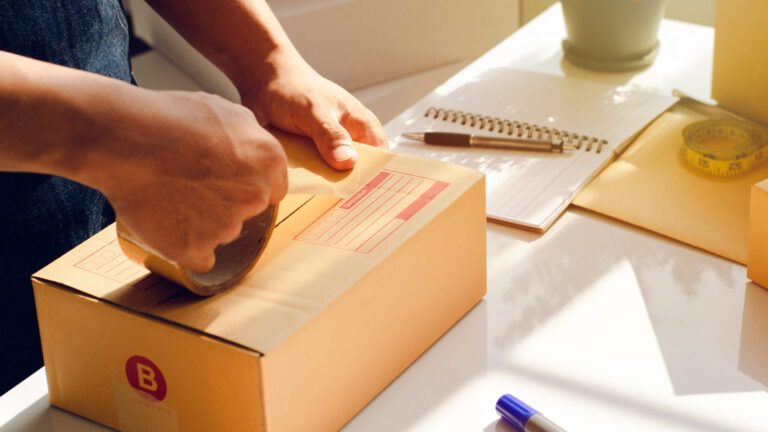In the world of product marketing, packaging is just as crucial as the product itself. Product packaging serves both functional and promotional purposes, keeping the product safe during transport, informing consumers about the product, and acting as a point-of-sale display. In recent years, the industry has made significant strides in crafting innovative packaging solutions that push the boundaries of creativity and sustainability. In this article, we delve into the world of packaging design, revealing how contemporary solutions redefine expectations and challenge traditional norms. Keep reading to learn more.
The Evolution of Product Packaging
Product packaging has come a long way since the rudimentary wooden crates and metal cans of the past. With advancements in technology and increased awareness about environmental sustainability, businesses are exploring and implementing a variety of novel packaging solutions. These solutions aim to be both aesthetically pleasing and environmentally friendly, sparking a revolution in the packaging industry.
One such innovation that has gained popularity in recent years is the use of hinged lid plastic containers. Hinged lid plastic containers are an ingenious solution that marries convenience and sustainability. These containers feature a unique hinged lid design that allows for easy opening and closing without the need for separate lids or covers. This means no more searching for matching lids or dealing with spills caused by ill-fitting covers.
The convenience aspect of hinged lid plastic containers comes from their user-friendly design. The hinged lid snaps securely into place, ensuring a tight seal that keeps things fresh and prevents any leaks or spills. The ease of use and reliable lid closure make these containers popular for those needing quick, hassle-free solutions.
In addition to their convenience, hinged lid plastic containers also contribute positively to the sustainability movement. These containers are made from durable, high-quality plastic that is meant to be reused multiple times. This reduces the need for single-use plastic containers or disposable plastic bags, leading to less waste going into landfills. Furthermore, the sturdy construction of hinged lid plastic containers means they are less prone to breaking or getting damaged, making them a long-lasting and environmentally-friendly choice.
Modern Packaging Design as a Marketing Tool
A product’s packaging can often be the deciding factor for consumers at the point of purchase. With many similar products vying for attention, a unique, eye-catching packaging design can provide a significant competitive advantage. Brands have recognized this potential and are harnessing the power of design to convey their values and narratives, creating a lasting impression in the mind of the consumer.
A well-designed package embodies the story of the brand, serves as a silent salesperson, and offers a sensory experience that resonates with consumers. With modern packaging design trends leaning towards minimalism, the use of typography, bold colors, and sustainable materials, brands are managing to create a distinctive identity while appealing to the environmentally-conscious consumer.
Modern packaging design also takes into consideration the journey of the product from the shelves to the consumer’s home. Therefore, the design process involves considerations of functionality, ease of use, storage, and disposal, making it a holistic approach that goes beyond mere aesthetics.
Eco-Friendly Packaging: A Necessity, Not a Luxury

In the midst of growing concerns around climate change and pollution, the packaging industry has taken a proactive approach to developing sustainable packaging options. No longer considered a luxury, eco-friendly packaging has become necessary, transforming how businesses approach their packaging strategies.
Sustainable packaging solutions are not limited to using recyclable materials alone. It involves innovative strategies such as life cycle assessment, lightweight, using renewable energy in production processes, reducing waste, improving logistics efficiency, and educating consumers about recycling. An ideal sustainable packaging solution causes minimal harm to the environment at every stage, from production to disposal.
One of the major challenges faced by businesses in implementing sustainable packaging is striking a balance between maintaining the integrity of the product, providing a compelling design, and ensuring minimal environmental impact. Innovative offerings like biodegradable plastics, compostable materials, and reusable containers are aiding businesses in overcoming this challenge and pushing the boundaries of sustainable product packaging.
Personalized Packaging: Revolutionizing Customer Experience
Personalization in packaging is another trend that is revolutionizing the way customers interact with products. The opportunities are endless, from personalized labels to packaging that transforms into usable items. Brands are increasingly recognizing the power of personalization in creating a unique customer experience, building brand loyalty, and fostering long-term relationships with their customers.
Personalized packaging can range from customization in design, style, size, print, and even the use of smart technology. Personalization doesn’t only appeal at an individual level but also offers a great platform for brands to showcase their creativity, establish a differentiated market presence, and enhance value.
Emerging technology like 3D printing and Augmented Reality (AR) are providing new opportunities for brands to engage customers through personalized packaging. While this trend can be cost-intensive, the benefits in terms of enhanced customer experience and brand loyalty often outweigh the initial investment.
Packaging That Translates to Brand Success
Now more than ever, brands are utilizing packaging as a functional requirement and a marketing tool that communicates the brand’s story and values. It serves as a touchpoint that creates a physical connection between the consumer and the brand, often shaping the consumers’ perception of it. Factors such as design, color scheme, material, and messaging all play a crucial role in translating brand identity and values through packaging.
In this regard, a growing number of brands are investing in research and development to create packaging that not only appeals to consumers and stands out on the shelf but also embodies the brand’s commitment to sustainability. This paves the way for a cohesive brand image that aligns with the expectations of increasingly conscious consumers.
Ultimately, successful packaging design and strategy can significantly contribute to brand success. The tangible qualities of packaging, like texture, weight, shape, and even sound, can enhance the product experience, strengthen the brand-customer relationship, and foster brand loyalty among consumers.
Challenges and Future Perspectives
While the packaging industry has made significant strides, it still faces numerous challenges. These include regulatory changes, increasing costs, consumer expectations, technological advancements, and the silent but ever-present need for sustainability. Each of these factors plays a crucial role in shaping the future direction of packaging design and strategy.
Regulatory changes, for instance, might necessitate specific alterations in packaging materials or information disclosure, resulting in increased costs. Technological advancements, on the other hand, open the door for new possibilities in the field of smart and personalized packaging.
Despite these challenges, the future prospects for the packaging industry look promising. With a steady focus on sustainability, creativity, and personalization, it will continue to evolve and redefine the boundaries of what’s possible in product packaging.
The Packaging Revolution

The packaging industry has undergone a significant revolution over the years, shifting its focus from mere functionality to a more holistic approach that incorporates aesthetics, functionality, sustainability, and customer experience. This revolution has reshaped how we view packaging and opened up a world of opportunities for businesses to stand out, express their brand values, and forge stronger connections with their customers.
With the industry’s concerted efforts to overcome these barriers and seize emerging opportunities, the future of product packaging holds exciting prospects. From smart, interactive packaging to eco-friendly materials and personalized designs, we can look forward to an era of diversified, sustainable, and consumer-centric packaging solutions.

